Rubber lane dividers – your best choice!
As the world progresses, the traffic system worldwide is getting complex and difficult to curb because of a massive surge in motor vehicles, bicycles, and buses.
Still, traffic-engineering departments are doing a great job of producing traffic control devices that reduce road congestion and increase pedestrian safety.
One such traffic control device for bicyclists is a rubber lane divider. Lane dividers are an amazing traffic solution that creates delineation and separate bikeways for cyclists. There are many different types of lane dividers. However, they can also be made from different materials.
Rubber is a popular lane separator material, and it has several advantages which make it a suitable manufacturing raw material.
Do you want to know more about this topic? We also have an article talking about different types of lane dividers.
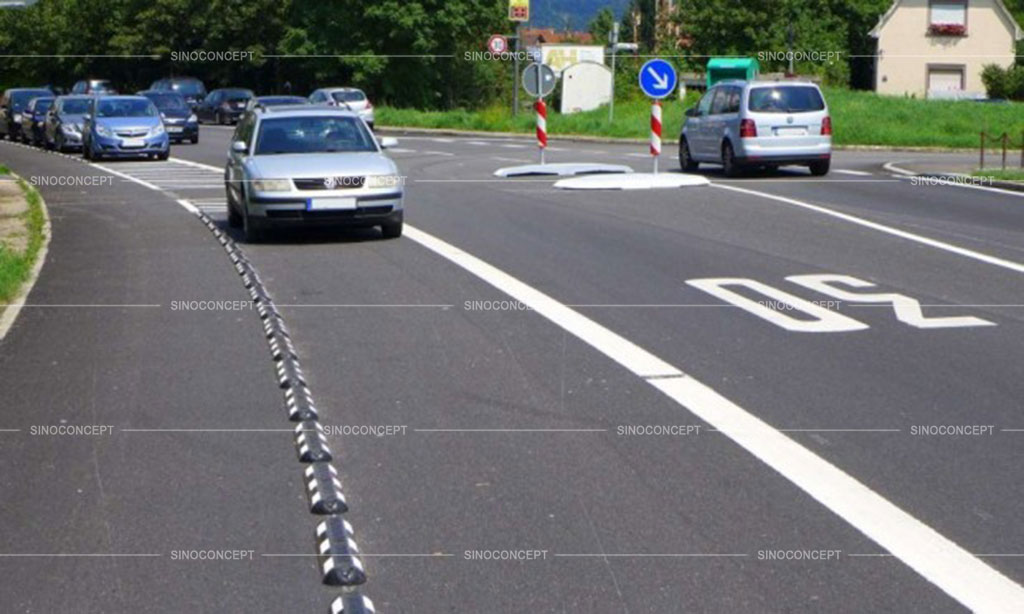
Pros of rubber lane dividers
Rubber lane dividers can be useful in parking lots, cycle lanes, cycle tracks, railroad crossings, and exit ramps. They have quite a lot of applications, but their main use lies in protecting cyclists.
Some of the useful pros that make them a special kind are as follows:
- Most lane dividers are made from vulcanized rubber, a strong form of natural rubber with immense strength. Therefore, lane dividers won’t get damaged if any vehicle runs over them. Even emergency vehicles like fire trucks and ambulances won’t tear these lane dividers;
- Rubber lane dividers are elastic and highly durable. Even if a vehicle hits them accidentally, the vehicles will feel a slight bump, which won’t be harsh;
- The rubber is made from precise moulding injection, which keeps all the units uniform. Therefore, this reduces the deflection that can be observed with concrete lane dividers;
- Rubber lane dividers are adapting and will generally follow the road. These will fix at one point and create a separate bike path for cyclists;
- Many rubber lane dividers can accommodate a flat guidepost that acts as a slowdown regulatory sign. In this way, many collisions and crashes can be avoided between cyclists and other traffic vehicles;
- Rubber lane dividers have reflective panels and bright yellow and black stripes that increase their visibility even in dark areas like underground passages;
- Most rubber lane dividers come with fixing points and bolts, making their installation easy. With a friend, you can simply install them, covering up to 100 metres in a day;
- Most rubber lane dividers act as a safety measure for pedestrians because they can increase the length of sidewalks and crosswalks. These places are for pedestrians’ safety, where they can walk along the lane or cross the road. Therefore, extending them will increase their safety in terms of increased area for crossing.
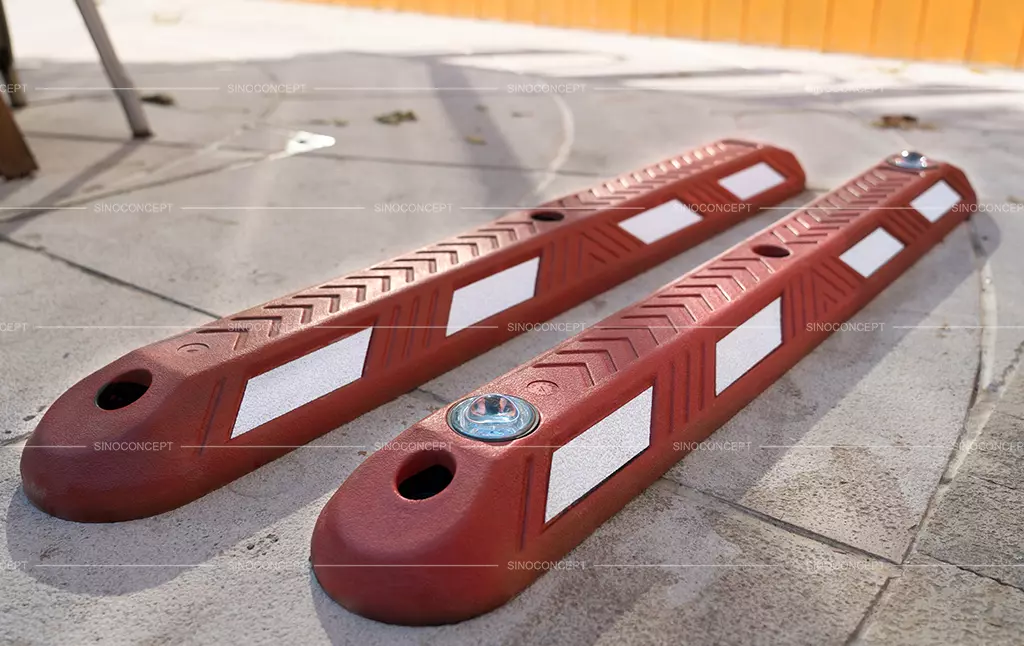
Cons of rubber lane dividers
Rubber lane dividers sure do have a lot of astounding benefits. However, they have a few disadvantages which can make them less popular. These disadvantages are not so profound, and people will probably overlook them since they are insignificant.
The disadvantages of rubber lane dividers include the following:
- Rubber lane dividers are not very cheap because recycled rubber involves a lot of manufacturing processes, such as moulding and vulcanization. Therefore, a person who purchases a large quantity of rubber lane dividers for his street may find them expensive;
- These lane dividers may also be hazardous. Rubber is a material that can produce toxic fumes when it’s lit up and can be hazardous for the person. However, it only occurs if someone deliberately tries to ignite them.
The two cons mentioned above are not quite significant, and the second one would only occur if someone tried to burn it. However, that’s very unlikely, and the toxic fumes also don’t have a lot of concentration that can harm a person.
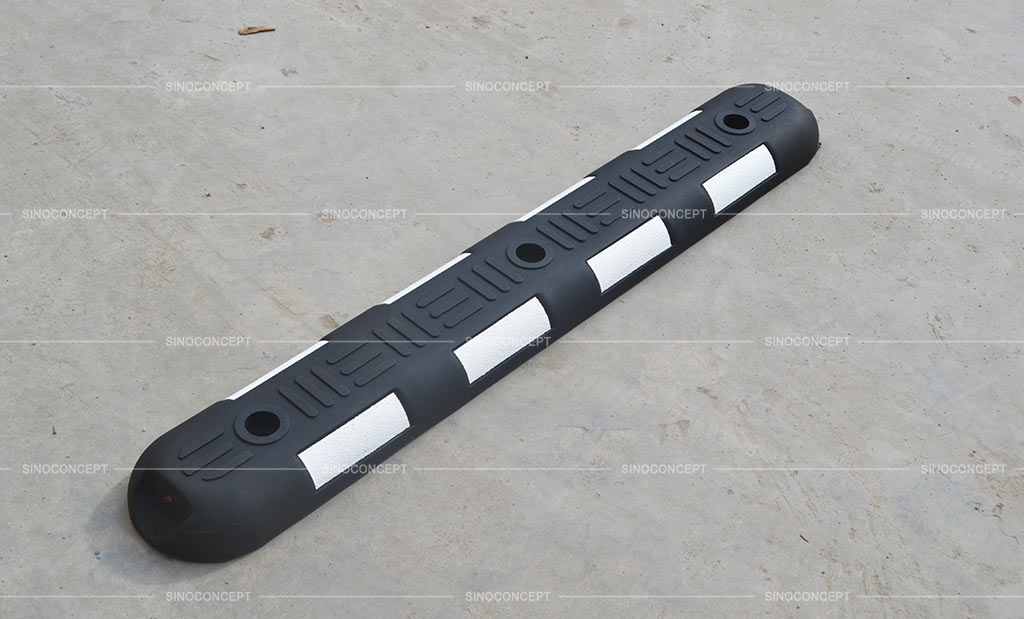
You have already read a good part of this article, 👀
We've
got the impression that you like it. 🙂
👇🏻
IF YOU ARE LOOKING TO WORK DIRECTLY WITH A MANUFACTURER,
FEEL FREE TO CONTACT US. WE ARE VERY HAPPY TO HELP!
Alternative material for lane dividers
Rubber is one material that can make lane dividers. However, there are more manufacturing raw materials that can create them.
Some of them include the following:
- Concrete
- Plastic
- Steel
Concrete lane dividers are one of the most stable and durable types. They will pin at a single place and can withstand repetitive collision impact from other motor vehicles.
However, their installation is not easy as excavation is needed, which can cause pollution.
Plastic is another popular way to create lane dividers. Thermoplastics are soft and recyclable, which won’t destroy a vehicle’s tires. Plus, they don’t have sharp edges and are great at shock absorption.
However, their colour can fade over time, making them less visible.
Steel lane dividers are the most uncommon types. Mostly, bollards or steel railings can be considered steel lane dividers because they aren’t available much. On highways or a freeway, you can find steel separators in between the roads, which creates a two-way lane for vehicles.
Other than that, they are not usually seen in commercial and residential areas.
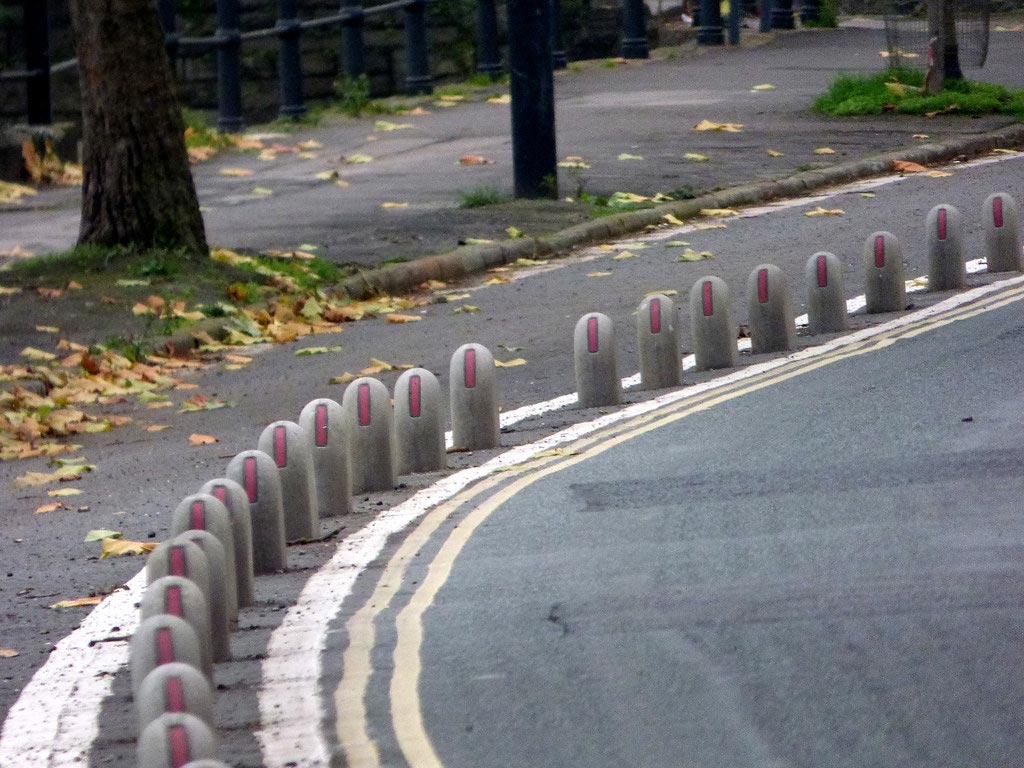
Shapes of the different rubber lane divider
Numerous companies manufacture rubber lane dividers. Most of them differ in their shapes, sizes, and specifications.
Following are some different shapes of rubber lane dividers that you can find across different countries.
Ramp shape
You must have seen speed ramps and bumps that are used to slow down car speed. Similarly, there are rubber lane dividers with a raised ramp shape that can create separate bicycle lanes. They are small and have a length of around 600 mm. Therefore, they don’t take a lot of places.
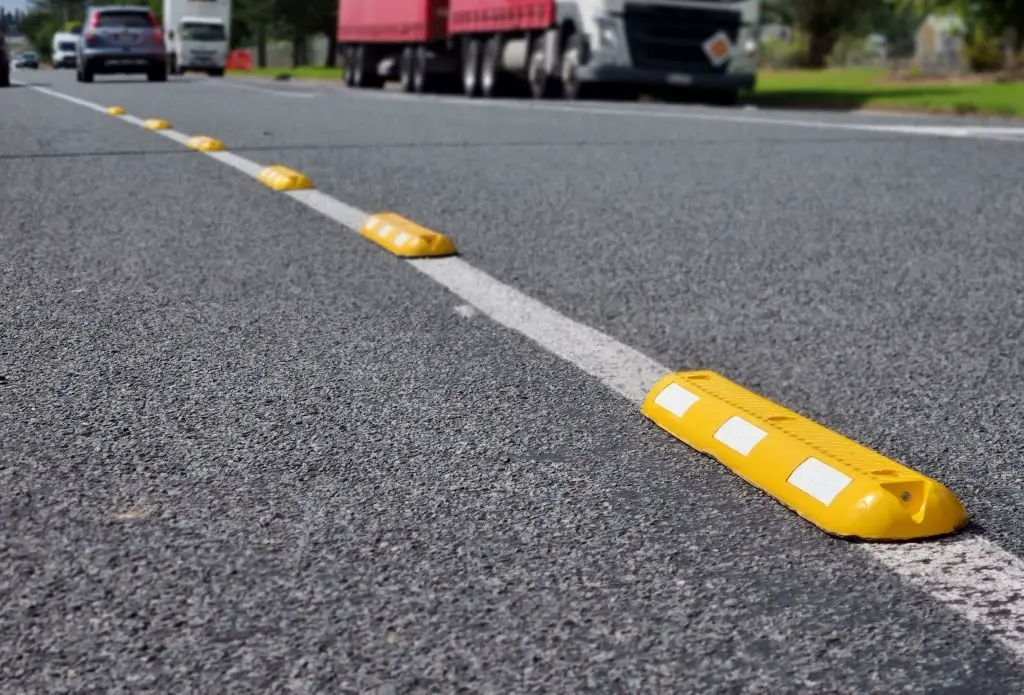
Straight shape with a guidepost
The most common shape of rubber lane dividers is rectangular, which is around 1,000 mm in length and 40 mm in height. Some companies might offer short versions which are 700 mm in length. You can even insert a guidepost in these separators, which are around 700 mm high and can warn motorists.
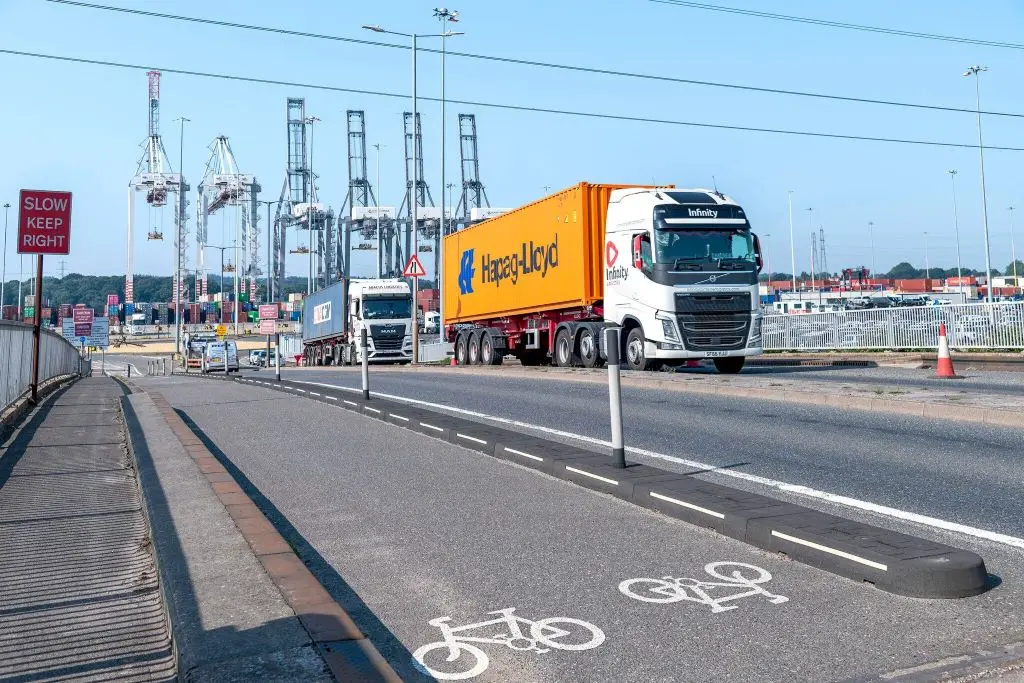
Lamp lane dividers
Some lane dividers have a top flap of flexible rubber, and the base is made of hard rubber. It has a lamp attached in the middle which can increase visibility during the night and make spotting these lane separators easy.
They have a box shape with a lamp attached in front, which makes spotting them easier.
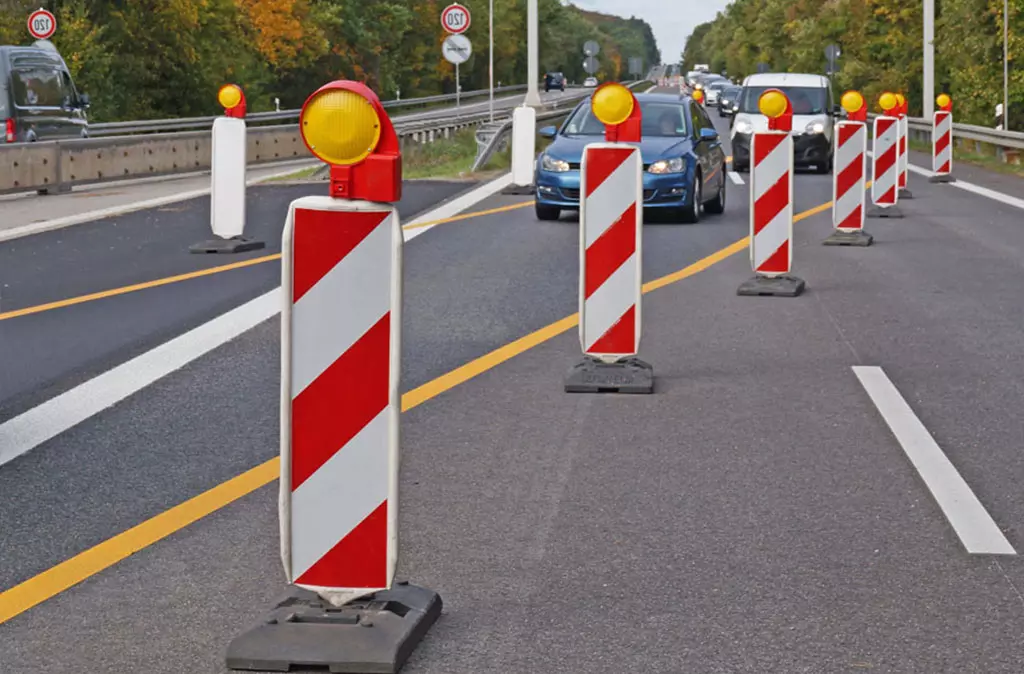
Conclusion
Many organizations like MUTCD, the Department of Transportation, and the Federal Highway Administration have enacted measures that call out for the development of safe safety measures for cyclists across every street, jurisdiction, and municipality.
Bicycling is a great virtue and hobby, and providing incentives to people for cycling can reduce possible health complications in a country. If you’re someone who has the authority to control the traffic measures on roads and highways, consider placing rubber lane separators on roads.
These lane separators will be beneficial for pedestrians as well as cyclists. If you’re looking to order high-quality rubber lane dividers, Sino Concept is your place to go. We provide customizable lane separators that will last long. Order yours now by visiting our website.
👇🏻
IF YOU ARE LOOKING TO WORK DIRECTLY WITH A MANUFACTURER,
FEEL FREE TO CONTACT US. WE ARE VERY HAPPY TO HELP!





















